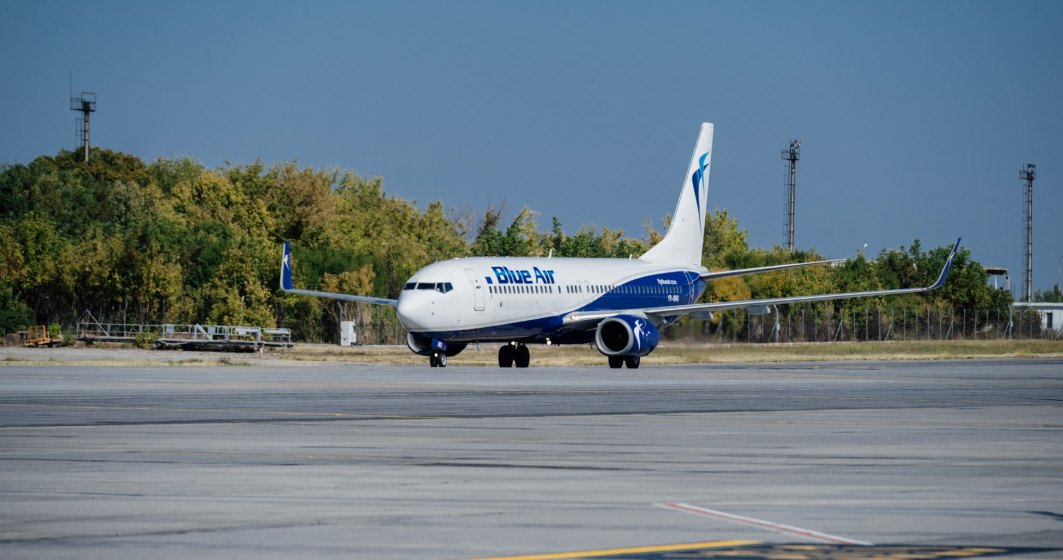Companies that have expressed this intention come mainly from sectors such as hotels and restaurants, construction or agriculture.
A similar trend has appeared, according to the survey, in business process solution and IT&C services. Romania is facing an acute workforce shortage, especially in the mentioned sectors, as a result of migration, demographic problems or the education system in the last decades.
According to PwC estimates, an additional 1 million employees are needed to support 3.5% growth by 2022.
Approximately 600,000 jobs in Romania will be affected by the digital transformation generated by the new technologies, according to the PwC Workforce Disruption Index study. Of these, 275,000 could be replaced by automation.
Although companies say they find it hard to hire, Romania has one of the largest shares of the inactive population in the European Union, according to Paywell 2019.
"At the same time we are facing a paradoxical situation: we have one of the lowest unemployment rates in the European Union, of 3.2%, the lowest in the last 30 years, but we have the third highest level of inactive population between Member States. The causes are diverse and many of them are related to the structure of the economy because there are regions of the country where employment opportunities are very low or inexistent. Some companies have implemented education or training programs in these areas. Such an approach would contribute to the use of the existing human potential”, said Oana Munteanu, Senior Manager, People & Organization PwC Romania.
Excluding retirees and the population over 15 years of age who are in education, over 1.1 million people are theoretically available to be employed.
 Vlad Andriescu
Vlad Andriescu

















